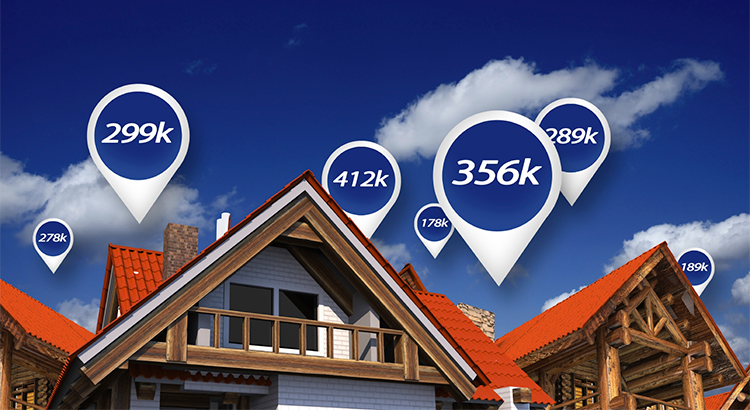
We all realize that the best time to sell anything is when the demand for that item is high and the supply of that item is limited. The last two major reports issued by the National Association of Realtors (NAR) revealed information that suggests that right now continues to be a great time to sell your house.
Let’s look at the data covered in the latest Pending Home Sales Report and Existing Home Sales Report.
THE PENDING HOME SALES REPORT
The report announced that pending home sales (homes going into contract) are down 2.3% from last year and have continued to fall on an annual basis for seven straight months.
Lawrence Yun, NAR’s Chief Economist, had this to say:
“The reason sales are falling off last year’s pace is that multiple years of inadequate supply in markets with strong job growth have finally driven up home prices to a point where an increasing number of prospective buyers are unable to afford it.”
Takeaway: Demand for housing is strong and will continue to grow in 2019. Without an influx of new listings for sale, pending home sales will continue to decline. Listing now means you will be able to take advantage of the demand currently in the market.
THE EXISTING HOME SALES REPORT
The most important data point revealed in the report was not sales-based, but was instead the inventory of homes for sale (supply). The report explained:
- Total housing inventory decreased 0.7% to 5.34 million homes available for sale in July
- This represents a 4.3-month supply at the current sales pace
- Sales are now 1.5% below a year ago
There were two more interesting comments made by Yun in the report:
“Led by a notable decrease in closings in the Northeast, existing home sales trailed off again last month, sliding to their slowest pace since February 2016 at 5.21 million.”
In real estate, there is a guideline that often applies: When there is less than a 6-month supply of inventory available, we are in a seller’s market and we will see appreciation; between 6-7 months is a neutral market, where prices will increase at the rate of inflation; and more than a 7-month supply means we are in a buyer’s market and should expect depreciation in home values. As Yun notes, we are (and will remain) in a seller’s market and prices will continue to increase unless more listings come to the market.
“Listings continue to go under contract in under a month, which highlights the feedback from Realtors® that buyers are swiftly snatching up moderately-priced properties. Existing supply is still not at a healthy level, and new home construction is not keeping up to meet demand.”
Takeaway: Inventory of homes for sale is still well below the 6-month supply needed for a normal market. Prices will continue to rise if a sizable supply does not enter the market.
Bottom Line
If you are going to sell, now may be the time to take advantage of the ready, willing, and able buyers that are still out looking for your house.







